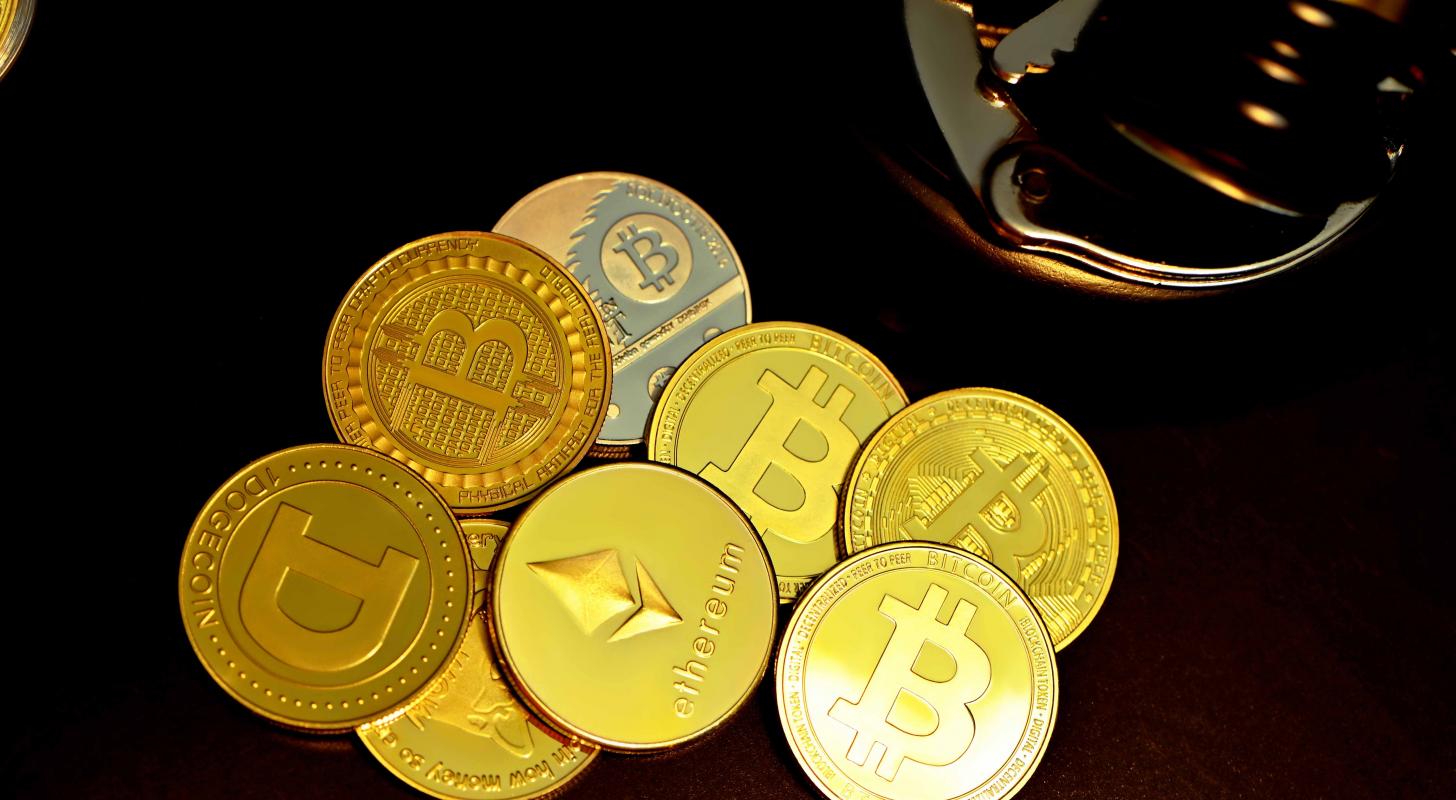Chris Kline, COO and co-founder of Bitcoin IRA
‘When the value of one goes up, the value of the other goes down’ is the simplified definition of a negative or inverse correlation. The Federal Reserve recently raised short-term interest rates by 0.50%, as the central bank plans to fight inflationary pressures. Meanwhile, the second variable is representative of the recent decline in the price for digital assets and traditional markets.
The rise in inflation in relation to the rise in interest rates is a positive and noteworthy correlation. An analogy to describe our current state of inflation is the old allegory of a frog in boiling water that describes the slow and gradual decline that can creep up on one; such as a frog who is unaware of his apparent danger as he sits in a pot of lukewarm water. What he’s oblivious to is that the water is gradually being heated and suddenly, surprises him once it reaches a boiling point. When it comes to inflation, it’s a gradual process that’s not one to be ignored, but to be given proper attention.
There are several potential effects that increased interest rates can have on crypto. From the role of institutional players to long term “hodlers”, we could expect major changes in the near-and-long-term for those investing in digital assets.
What to Expect for Crypto as Interest Rates Increase
When it comes to crypto investors, one school of thought is that there are two main types: those who truly believe in all things Bitcoin and those who merely speculate its possibilities but want to reap its benefits.
Investors who are considered “True Believers” are those who are generally excited about its growing acceptance, use cases, and blockchain technology. Additionally, these are the folks who’ve integrated Bitcoin (CRYPTO: BTC) and other cryptos …
Full story available on Benzinga.com
